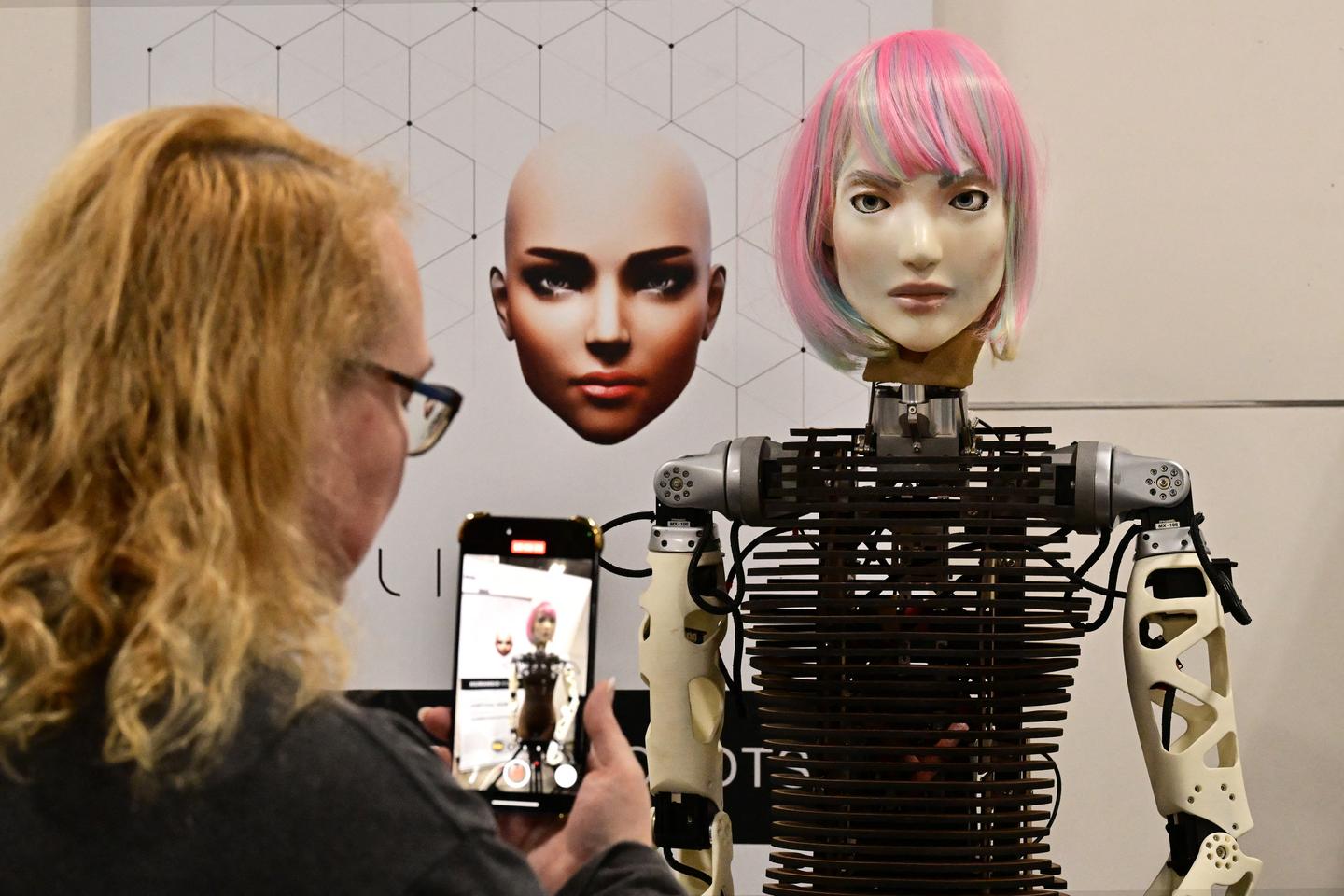


What does a beautiful woman look like? You can imagine the distressed looks on people's faces when faced with such a stupid question. The problem is that many people have been asking it ever since artificial intelligence (AI) took over our minds and algorithms our computers. Because answers drive the economy, the media, researchers, artists and minds. They have never been so problematic.
The Washington Post asked three major players in AI-generated images (Midjourney, Stable Diffusion and DALL-E, part of the OpenAI group) to provide it with hundreds of images based on questions about the face and morphology of the female body, before analyzing them in its May 31 edition.
AI has a very precise response when instructed to define a woman's beauty: young face, clear, smooth skin, upturned nose, prominent cheekbones, heavy make-up, long, slightly curly hair, round breasts, slim hips, designer dress with sexy décolleté. This Barbie profile was accentuated by the Miss AI contest, organized on May 10 by the Fanvue website, with two virtual models on the jury – and there are more and more of them – including Spain's Aitana Lopez, who earns (or rather, whose creator earns) 10,000 euros a month. She's downright sexy: endless legs, slim waist, generous buttocks, big breasts.
It's surprising that these results should come as a surprise. We didn't have to wait for AI, and not even the Internet, for fashion, Miss contests, advertising imagery, cinema, photography, magazines, the cosmetics industry and cosmetic surgery, let's not forget, to define a model of beauty sketched out by sculptors in ancient times.
What's new is intensity and radicalism. With AI, visual stereotypes, of beauty and other subjects, are imposing themselves exponentially in the entertainment industry, social media and marketing. Before the Internet, all kinds of creative people – men as well as women – were responsible for making the market of female seduction work, sometimes with talent. Today, behind the perfect scapegoat that is AI, there are banks of billions of impersonal source images taken from the Internet, including a not inconsiderable proportion from the pornographic field, which programmers, mostly men, will mix and match with words to meet any demand.
No more reality
Back in 2019, the book L'Intelligence Artificielle, Pas Sans Elles! by Aude Bernheim and Flora Vincent (Belin), denounced the programming biases leading to sexist stereotypes generated by AI everywhere in society. To these biases, we can add others. A real-live model, even when magnified by a photographer, even when retouched, retains an element of reality that a virtual woman no longer has. A virtual woman, for example, has a perfectly symmetrical face, impossible to find in real life. Or an equally impossible waist-to-hip ratio. As for the standard AI man, he's a dark-haired man with an abnormally body-built body.
You have 46.72% of this article left to read. The rest is for subscribers only.
